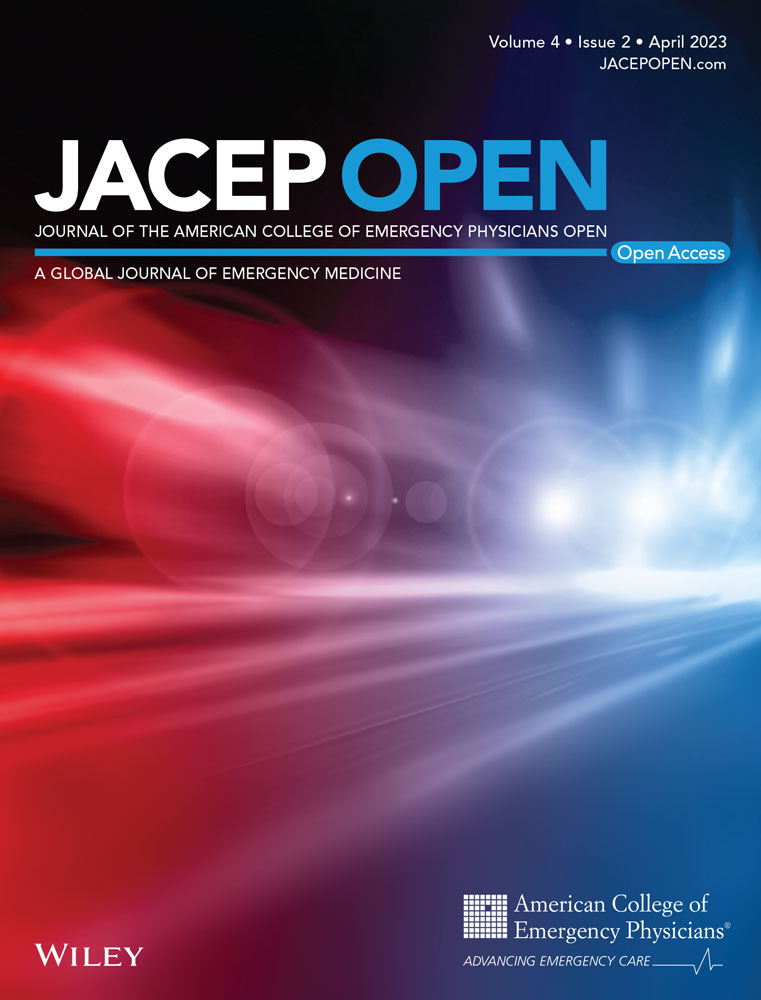Woman with facial swelling
1 PATIENT PRESENTATION
A 68-year-old woman presented to the emergency department (ED) with rapidly progressing left submandibular swelling and inability to tolerate secretions. Her physical examination showed the left submandibular gland was markedly enlarged, firm, and exquisitely tender to palpation. Laboratory tests were remarkable for a white blood cell count of 16.22 k/μL with a neutrophil predominance (81.3%).
2 DIAGNOSIS
2.1 Sialolithiasis with submandibular gland infection
Computed tomography of the neck was performed and showed markedly dilated, enhancing left submandibular duct that mimicked an abscess, measuring over 1.0 cm in diameter (normal 1–3 mm)1 without visualized obstructing calculus (Figures 1 and 2). Numerous sialoliths were noted within both submandibular glands (Figure 3). In the ED, the patient had rapid worsening of the oral cavity and submandibular edema, and her airway was secured via nasotracheal intubation. She was admitted to the intensive care unit and received intravenous antibiotics and steroids, with resolution of her symptoms within 3 days. She was extubated and discharged home.



Sialolithiasis, or salivary stones, may form in any of the salivary glands, but the submandibular gland is the most common site (80%) and forms the largest stones.2 Submandibular stones can be diagnosed on physical examination by palpating the floor of the mouth and pushing the tongue upward and backward to put tension on the papilla.3 Imaging may be necessary if stones are unable to be seen or palpated. Management is usually conservative and includes applying heat packs, massaging the gland, and use of sialagogues to promote saliva production. Anti-staphylococcal antibiotics are administered if there are signs of infection.




